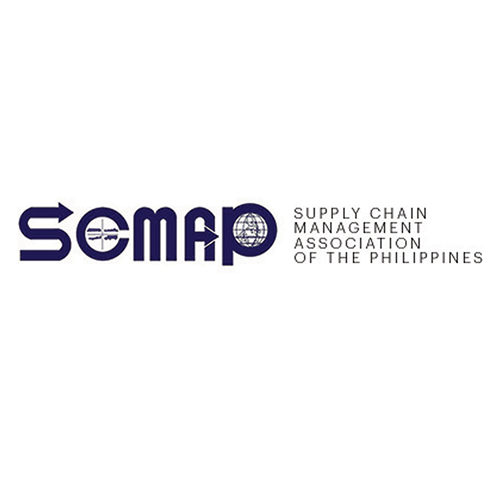I’ll admit, the fact that I am based in Manila means I have mostly forgotten about the impact of super typhoon Odette. (It’s that “imperial” mindset again.) But for those who were in the path of the storm – the second costliest typhoon in the Philippines, just behind Yolanda – the effects are still strongly felt to this day.
I remember hearing from my friends about how the storm, which struck in December 2021, paralyzed Visayas and parts of northern Mindanao. I remember being surprised at how, in this time and age, a storm can still bring Cebu, the second most important city in the country, to a standstill. No electricity for weeks. Heavy destruction particularly in coastal areas. Major disruptions to businesses there – and Cebu being an important financial and services hub, as well as a key center of logistics and manufacturing, that disruption had ramifications to the national economy, especially as it was just emerging from the strictest of lockdowns.
We had the chance to visit Cebu during our recently concluded Supply Chain Immersion – our first such event in four years, thanks again to those lockdowns. The aim was to witness how supply chains can be responsible and impactful, benefitting not just the businesses that run them, and the customers that avail of them, but also the businesses they interact with, and the communities that host them. And I personally saw that, but with the frame of a super typhoon whose impact is still felt despite the streets being cleared of debris and destruction.
During our visit to the facilities of Profood International Corporation, the largest producer of dried fruit and other fruit products, we were told of how Odette destroyed their mango plantations in the island. The company was quickly able to bounce back: thanks to mangos from their other sites across the country, the facility was buzzing with activity and they are still able to serve their large export market, as well as customers here. Nonetheless, the recovery process for Cebu would be slower, as it takes five years for mango trees to fully grow. I’d say that reflects on the prices of the product in our supermarket shelves.
We also visited the Port of Cebu, where representatives from the Cebu Port Authority told us of the destruction the typhoon caused, particularly to the passenger terminal, which had to be rebuilt quickly to serve travelers. With Cebu’s ports being an important hub for the region’s electronics, agriculture and mining sectors, any disruption to it will also come at a cost to the economy.
Of course, in 2023, the storm’s impact isn’t as evident. It was a sunny day in Cebu (despite forecasts of thunderstorms – and there was some flooding the week before we arrived) and the mood was, as always, optimistic. The new Cebu-Cordova Link Expressway dominates the horizon in the city’s old center, majestic like a painting.
But it doesn’t mean things will always stay that way. We all know how the Philippines remains vulnerable to natural and man-made disruptions. As I write this, we were just barely spared the worst of super typhoon Betty; as of this writing, there are thankfully zero casualties. But we know stronger storms are coming, and we might see another Yolanda or Odette sooner rather than later. Are our supply chains truly resilient? Do we – and I refer to both the public and private sectors – have the resources to both react to disruption, and to proactively ensure impact on families and businesses are as minimal as possible, and we can resume normal lives as soon as we can?
One hopes the near-constant talk of infrastructure development – constructing not just new means of transport, but also of facilities that will allow for better resilience in our agricultural sector – will bear fruit. Yes, there is progress, but it is a long-term game. One hopes we continue to navigate these waters with meaningful collaboration and responsible fiscal governance.
Henrik Batallones is the marketing and communications director of SCMAP, and editor-in-chief of its official publication, Supply Chain Philippines. More information about SCMAP is available at scmap.org.
PREVIOUS COLUMN: …and logistics





